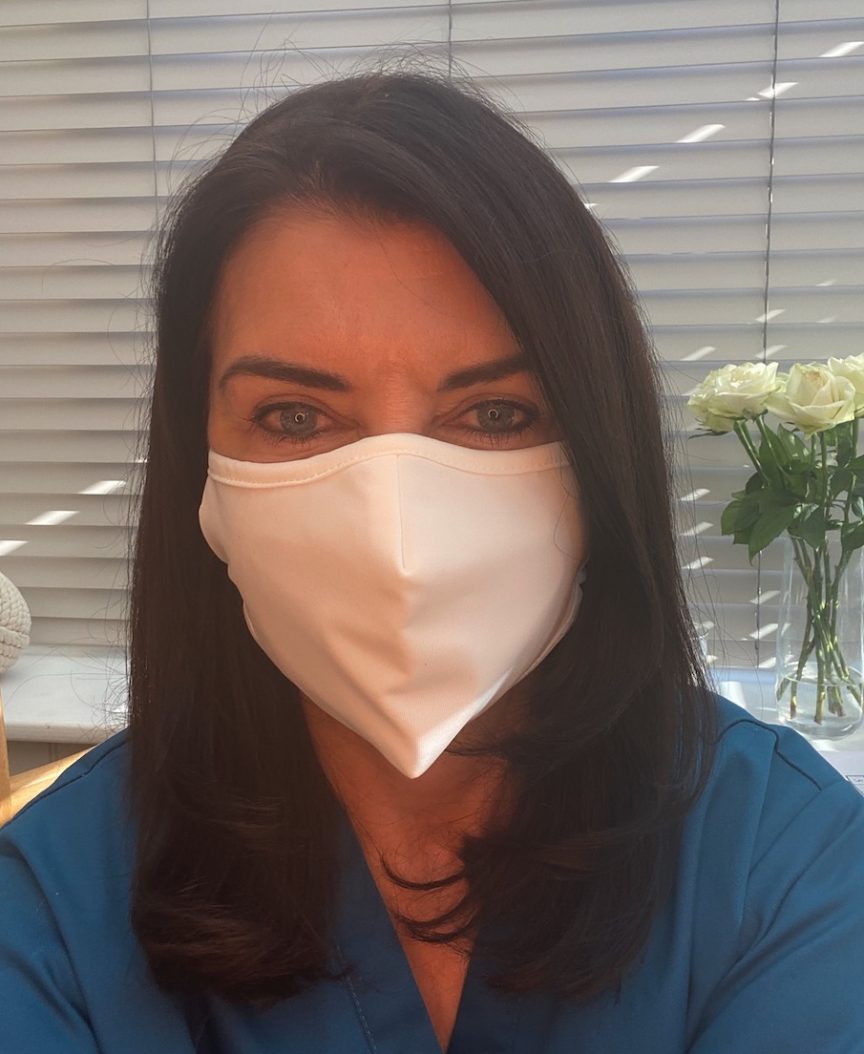At the time of writing, it is compulsory to wear a face covering on public transport or when visiting a hospital either as a patient or as a visitor in England, but from 24th July, this rule will include shops and supermarkets. In Scotland, it has been mandatory to wear a face covering in shops since July 10th and failure to do so can incur a fine. There are some exceptions. In England, shop workers, children under 11 and those with certain disabilities are exempt. In Scotland, it is children under 5. In Wales, face coverings must be worn on public transport from July 27th and those coverings should be three layers thick and in Northern Ireland, face coverings have been mandatory when using public transport since July 10th.
These rules differ between the nations and are constantly under review, so may well be subject to change over the coming weeks. The rationale behind insisting on the wearing of face coverings in certain public places, is based on the fact that, as lockdown eases, more people will be out, and social distancing may be more difficult to achieve. The wearing of a face covering does not in any way negate the need for hand hygiene and social distancing, and whilst the rules have reduced to 1 metre plus, I would always recommend that people maintain at least a 2-metre distance wherever possible. The risk of contracting coronavirus from an infected person is ten times higher at 1 metre than it is at 2. And now is a time to be even more fastidious about hand hygiene, not less. You will see hand sanitiser stations everywhere, please use them.
So, what is the difference between face coverings and face masks?
Face Coverings
Face coverings can be made at home from fabric and must cover the nose and mouth, but do not need to meet any specific medical standards and do not require a CE marking. They are designed to protect other people from you if you should be shedding the virus. We know that people can transmit the virus for a couple of days before developing symptoms and many people can have the virus without developing symptoms at all. These coverings should be replaced every four hours and regularly washed. It is important not to touch the covering while wearing it.
Face Masks
Face masks can be single use or washable and reusable. They are classed as a medical device and are required to meet a medical standard (EN 14683) and carry a CE mark. Just like face coverings, they protect others from the wearer but also offer a degree of protection to the wearer.
Face Shields
Protective face shields (also sometimes called visors) are categorised as PPE (personal protective equipment). They also are required to meet a specific standard (EN 166) and carry a CE marking.
Respiratory Masks
These masks offer added protection to the wearer as they have a filter designed to prevent minute particles being inhaled by the wearer. . They are sometimes referred to as FFP2, FFP3 or KN95 masks. They must comply with EN 149 standards and are CE marked.
So, what do I wear?
At work, when seeing patients, I wear a disposable surgical face mask and visor, which I replace between every patient. If I am seeing someone who potentially has coronavirus, I wear an FFP3 mask.
I have recently started working with Wise Protec, so when I am out and about in public places, I wear one of their face masks (as shown in the photo), which are washable and reusable. They adhere to the EN 14683 standards and are CE marked.

